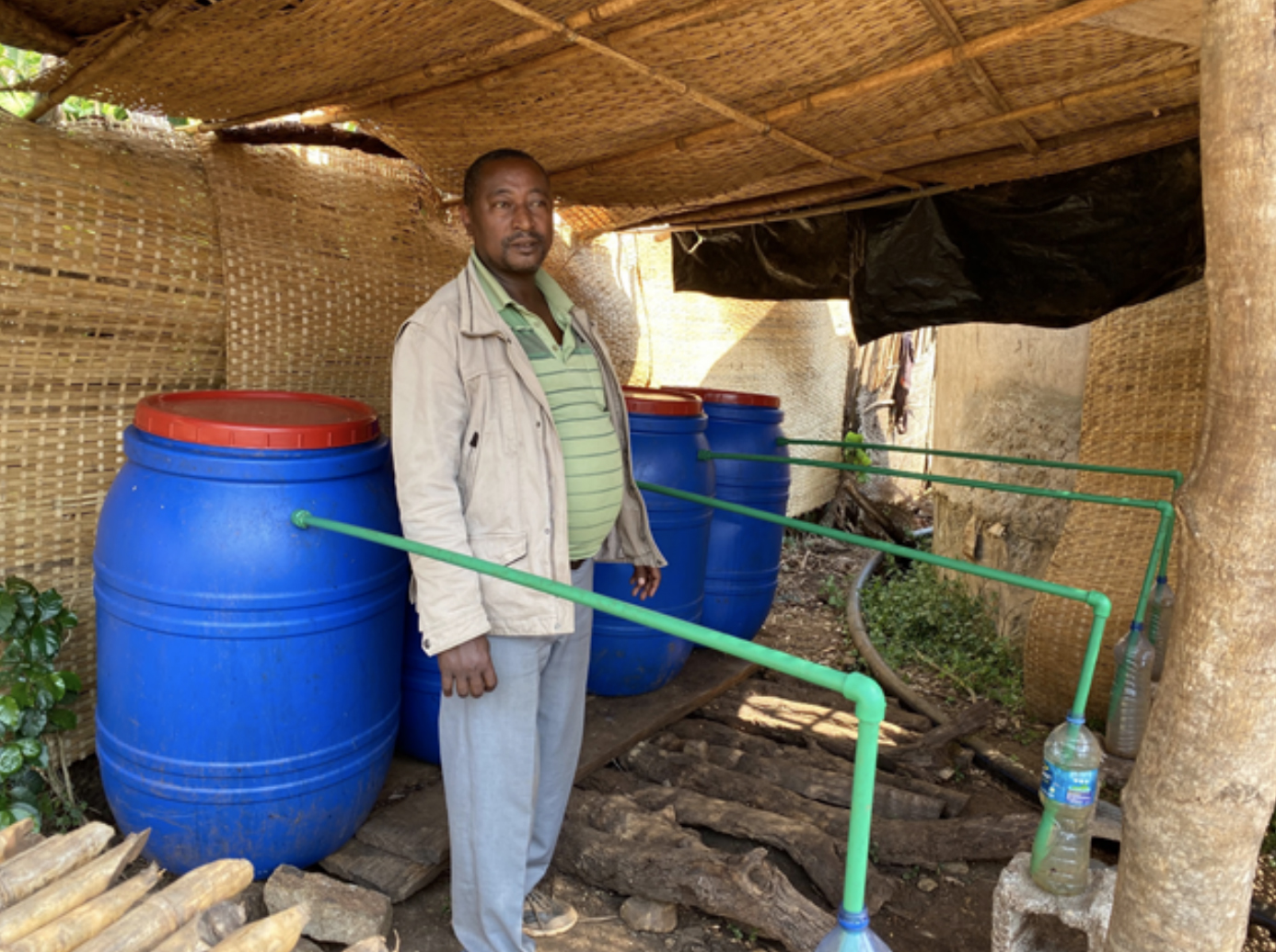Jabanto Producers produced an outstanding amount of high-quality coffee lots last season. Our first VS showcased a beautiful carbonic maceration, and for the third delivery, we come back to them with an extremely well-executed anaerobic process.
VERY SPECIAL
The first qualities we look for in our VS coffees are a clean profile and a delicious flavour—this lot ticks those two boxes.
The high level of care during harvest and processing has translated into the final product’s taste, and inevitably its size and price. This anaerobic fermentation lot is the smallest and of all Jabanto’s offerings and comes at a price over the average of what we would pay for our every day single origins.
ANAEROBIC FERMENTATION VS. CARBONIC MACERATION
The anaerobic process has gained more and more popularity during the last few years, but the truth is that it’s not a new technique. According to Cafe Imports, “This isn’t so much brand-new style of processing as it is an expansion of some principles related to the natural activity that takes place in every existing process”.
Anaerobic means “without oxygen”. In coffee, this type of fermentation usually refers to a process occurring in a sealed environment (a tank) and involves reduced participation of microbes. However, anaerobic is a somewhat inaccurate term as, naturally, there is always oxygen in the environment when getting sealed. A more correct definition would be oxygen-poor fermentation—now the challenge lies in correcting a whole industry.
You may have noticed that there are similarities to the carbonic maceration process. The fundamental difference lies in the cherries; in a carbonic maceration process these are placed intact; in an anaerobic fermentation process, these are pulped before being placed in the tank. Intact cherries facilitate a CO2-rich atmosphere and the participation of microbes (maceration), hence the terms carbonic + maceration.
“In the carbonic method for coffee fermentation, first, the coffee cherries are siphoned to remove low-density "floaters,” then added to an airtight tank with a one-way valve, much in the same way as in the anaerobic method. Because the skins of the cherries are left intact, fermentation may take days or weeks. The varying levels of pressure in the tank create different available sugars and pectins for the microbes to macerate. Near the bottom of the tank, the coffees are gently pressed over time by gravity, whereas cherries near the top of the pile remain unpressed and fermentation will occur slowly and almost entirely inside the skin of the fruit.“ Source: dailycoffeenews.com
 Fermentation tanks at Jabanto
Fermentation tanks at Jabanto
ABOUT THIS LOT OF JABANTO ANAEROBIC
For this particular lot, the Jabanto producers placed the Ethiopian Heirloom pulped cherries (and their mucilage) in an airtight container for 60 hours.
As with the carbonic maceration, a valve on the side of a container connected to a thin hose (tube) helps to remove carbon dioxide. The other end of the hose is inserted in a water bottle to protect the diffusion of atmospheric oxygen into the sealed tank.
When the fermentation process is finished, the beans are dried under the sun for 6-8 days until their moisture level reaches 10.5%.
WHAT’S THE IMPACT ON THE FLAVOUR?
This coffee has balanced flavours and a subtle demeanour. Compared to the Jabanto carbonic maceration (which featured the exact same bean terroir and varietal), it is less loud and boozy.
The lower development or presence of sugars during the fermentation stage allowed for the intrinsic bean properties to come out, instead of bringing up crazy flavours that are closer to a natural process coffee.
BREW, SHARE AND ENJOY
Now you know a bit more about the background it’s time to enjoy this awesome coffee! If you don’t know where to start, you can use Reuben’s brewing recipe (coming soon, see below).
You can also try your favourite method and play around with some settings to get the best of it. Don’t forget to tell us how it went, adding your recipe here, via email or on Instagram at @samplecoffee.
We look forward to hearing about your experience with this VS coffee!






